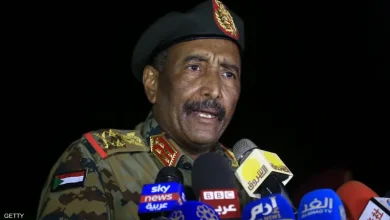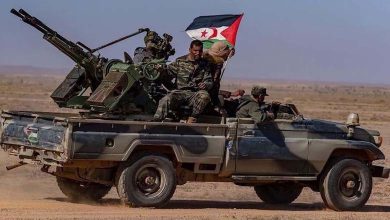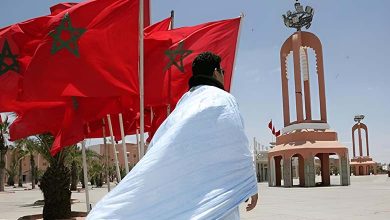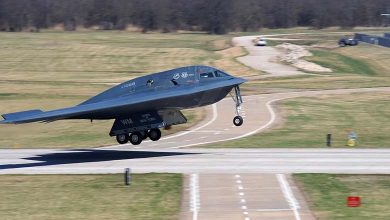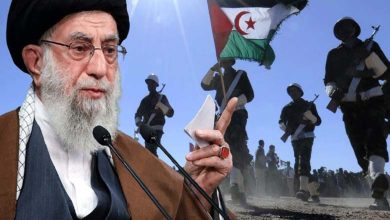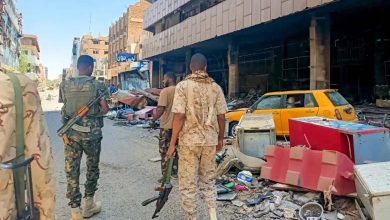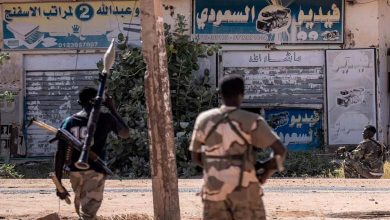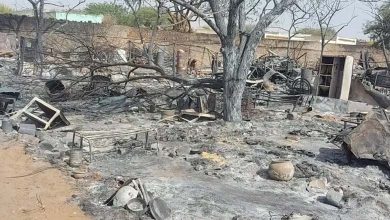Interests and ‘weapons support’… The return of Sudanese-Iranian relations
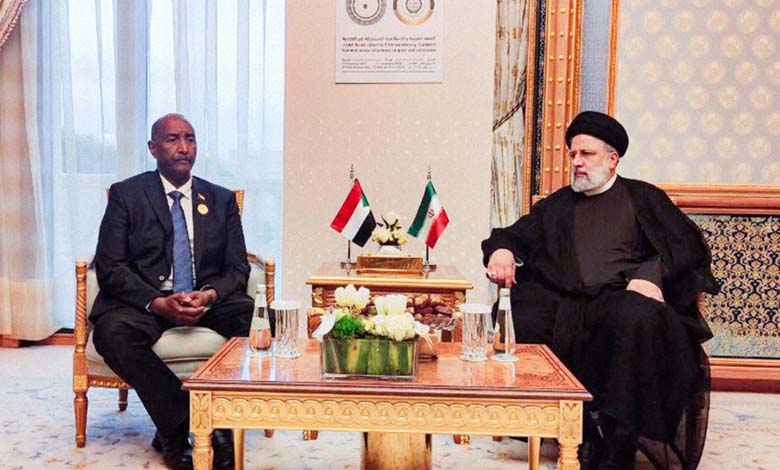
Sudan and Iran are establishing closer relations based on an agreement allowing Sudanese Army Chief Abdul Fattah al-Burhan to secure military and logistical support for his forces as they attempt to halt the advance of the Rapid Support Forces. In return, the Islamic Republic gains access to Red Sea ports amid regional conflict involving Iran and its proxies.
After an approximately 8-year hiatus, Sudan and Iran are steadily moving towards opening a new chapter in their relations amidst escalating regional tensions between Tehran and its supporters on one side, and Washington and its allies on the other, with the Sudanese army engaged in a quasi-military war against the Rapid Support Forces since April 2023.
The latest steps towards rapprochement were marked by a two-day visit by Sudanese Foreign Minister Ali al-Sadiq to Tehran on February 5th, making him the first minister from his country to visit Iran in 8 years. Iranian President Ibrahim Raisi welcomed the Sudanese Foreign Minister, expressing Khartoum’s desire to revive relations with Tehran, considering it “a basis for compensating for lost opportunities and creating new ones.”
Welcoming the return of relations at the highest levels of the Iranian state was met with Sudanese confirmation by the Foreign Minister, who announced his country’s readiness “to restore political and diplomatic relations with Iran.”
During the same visit, Sudanese Foreign Minister, during his meeting with his Iranian counterpart Hussein Amir Abdollahian, expressed regret for the “cessation of relations between the two countries,” affirming “Khartoum’s serious intention to enhance and develop ties with Tehran in various fields.”
Beginnings of Rapprochement
In January 2016, during the rule of former Sudanese President Omar al-Bashir (1989-2019), Sudan severed its diplomatic relations with Iran in response to protesters storming the Saudi embassy in Tehran and its consulate in the eastern city of Mashhad after Riyadh executed Saudi Shiite cleric Nimr al-Nimr along with other convicts on terrorism charges.
Before the severance of relations between the two countries, Sudan’s relations with Tehran were close, with Iran being a source and supplier of weapons to Khartoum since the 1990s. At the time, relations included military and defense cooperation agreements as well as joint projects.
The rift between the two countries began to thaw after about 3 months of Sudan being embroiled in a devastating war between the army and the quasi-military Rapid Support Forces, following disputes over integrating the latter’s forces into the official military establishment.
In July 2023, the first meeting between the foreign ministers of Sudan and Iran took place on the sidelines of the meeting of the foreign ministers of the Non-Aligned Movement in the Azerbaijani capital, Baku, where the ministers announced “an imminent resumption of relations between the two countries,” officially declaring on October 9th of the same year the decision to restore their diplomatic relations after a 7-year hiatus.
After that time, on the sidelines of the joint extraordinary summit of the Organization of Islamic Cooperation and the Arab League in Riyadh in November 2023, Iranian President met with Sudanese Sovereignty Council President Abdel Fattah al-Burhan and discussed enhancing relations between the two countries.
Regarding the recent rapprochement between the two countries, Sudanese journalist Hatem El kanani believes that “the Sudanese-Iranian rapprochement cannot be viewed separately from the complexities in Sudan and the war waged by the army against the Rapid Support Forces.
“And El Kanani told Anadolu that “the multiplicity of decision-making centers within the current Sudanese government makes the rapprochement with Iran representative of a governmental and military trend, and not a comprehensive stance of both the army and the government together, given that the war and its complications have produced conflicting positions within the Sudanese government more than once,” according to him.
Since mid-April 2023, the Sudanese army led by Sovereignty Council President Abdul Fattah al-Burhan has been waging a war against the Rapid Support Forces led by Mohamed Hamdan Dagalo “Hemeti,” which has resulted in more than 13,000 deaths and over 8 million displaced and refugees, according to United Nations data.
In his assessment of the current Sudanese-Iranian rapprochement, Sudanese political analyst Mohammed Said told Anadolu that “the level of the relationship is still low, it is only at the level of the Ministry of Foreign Affairs, and each party is currently seeking to test this relationship.”
Khartoum’s gains
According to Said, Sudan is trying through its quest to restore relations with Iran to “gain a new external ally, especially since Khartoum’s relationship with the countries of the Intergovernmental Authority on Development in East Africa ‘IGAD’ has witnessed disagreements and deterioration for some time.”
On January 20th, Khartoum froze its membership in IGAD, an African quasi-regional governmental organization that was founded in 1996 and is headquartered in Djibouti, and includes countries from East Africa: Sudan, South Sudan, Ethiopia, Kenya, Uganda, Somalia, Djibouti, and Eritrea.
Said considered that Khartoum, by drawing closer to Tehran, “wants to exert pressure on the international community and use Tehran as a pressure card, in addition to benefiting from the Iranian military strength in the ongoing war in Sudan against the Rapid Support Forces.”
Recently, international media reports, including information published by “Bloomberg,” have discussed news that Tehran may have provided the Sudanese army with combat drones used in the war against the Rapid Support Forces, without official confirmation from both countries on this matter.
Iranian objectives
On the other hand, Said indicates that Iran “wants to be present in the hot scene of the Red Sea where tensions are increasing between the United States and its allies and the Houthis.”
He said that “Iran’s eye is not specifically on Sudan, but on the Red Sea, the hottest region currently.”
Sudan enjoys access to the Red Sea for approximately 800 km, making it a hub for regional and international competition over the operation of its ports.
In solidarity with Gaza, which has been facing a devastating Israeli war with American support since October 7th last year, the Houthis target Israeli or affiliated commercial ships in the Red Sea with missiles and drones, pledging to continue their operations until the war in the sector ends.
Since the beginning of this year, a coalition led by Washington has been conducting airstrikes it claims to target “Houthi sites” in various regions of Yemen, in response to its attacks in the Red Sea, which has been met with occasional responses from the group. With the intervention of Washington and London and the escalation of tensions in January, the Houthis have declared that they now consider all American and British ships as military targets.”



